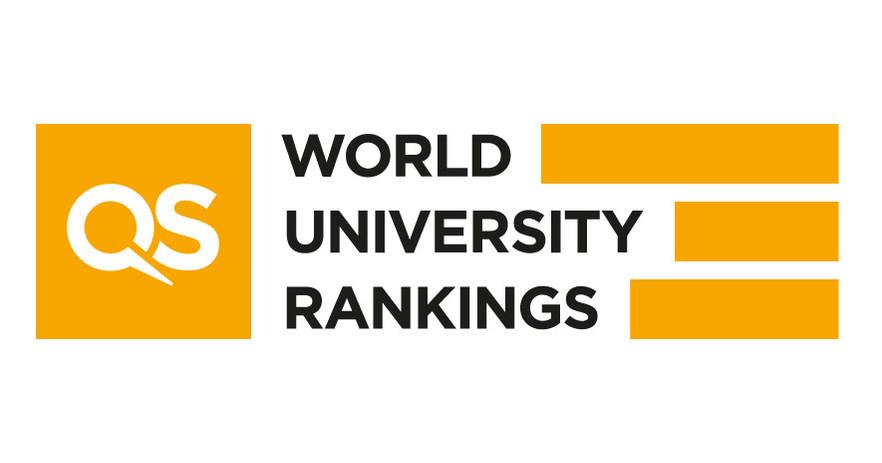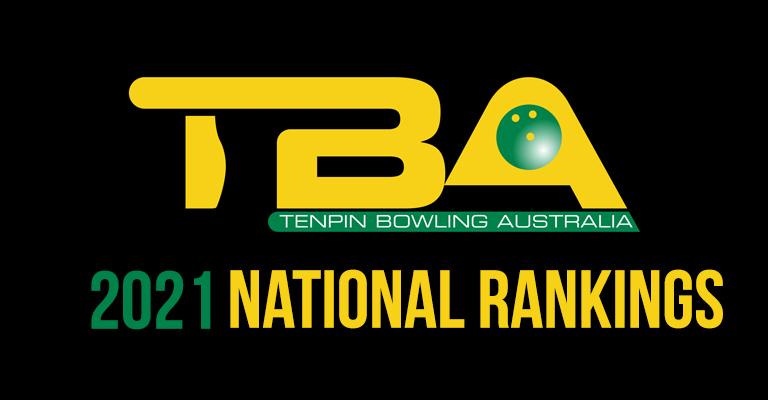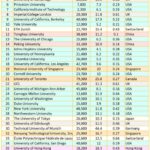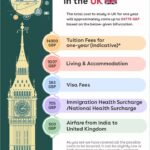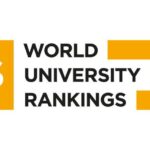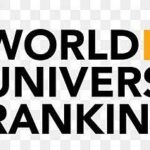Now Reading: QS vs. Times Higher Education vs. ARWU: A Comparative Analysis for International Students.
-
01
QS vs. Times Higher Education vs. ARWU: A Comparative Analysis for International Students.
QS vs. Times Higher Education vs. ARWU: A Comparative Analysis for International Students.
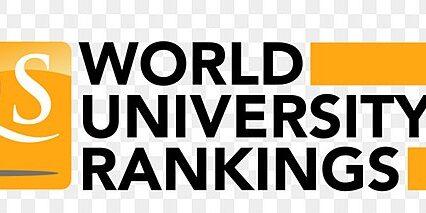
In an increasingly interconnected world,the quest for higher education transcends national borders,leading students from diverse backgrounds to seek institutions that not only promise academic excellence but also global recognition. As prospective scholars embark on their educational journeys, they are often met with a complex landscape of university rankings, each offering a unique lens through which to evaluate academic institutions. The QS World University Rankings, Times Higher Education (THE) World University Rankings, and the Academic Ranking of World Universities (ARWU) stand as three of the most prominent guides in this realm. Each ranking has its own methodology, criteria, and emphasis, shaping the perceptions of quality and prestige among universities worldwide. In this article,we delve into a comparative analysis of these influential ranking systems,providing international students with the insights they need to make informed decisions about their educational futures. Join us as we unravel the intricate tapestry of university rankings,highlighting their significance,strengths,and limitations in the pursuit of academic excellence.
Understanding the Methodologies Behind the Rankings
When examining how institutions achieve their rankings, it is indeed essential to understand the unique methodologies employed by each organization. The QS World University Rankings is heavily influenced by academic reputation, which accounts for 40% of its score, coupled with employer reputation (another 10%). The remaining criteria include measures like faculty/student ratio, citations per faculty, international faculty ratio, and international student ratio. This focus on reputation emphasizes the perceptions that employers and academics have of universities,painting a broad picture of perceived quality across institutions globally.
In contrast, the Times Higher Education (THE) rankings adopt a more extensive approach by utilizing 15 performance indicators across five key areas: teaching, research, citations, international outlook, and industry income. Notably, their emphasis on research influence through citation data (30%) allows them to assess the academic impact of an institution’s contributions. Meanwhile, the Academic Ranking of World universities (ARWU), also known as the Shanghai Rankings, relies predominantly on research output and excellence, with important weight given to the number of Nobel Prize winners and highly cited researchers. By understanding these differences, international students can better gauge which ranking might align more closely with their academic and career aspirations.

Key Factors Impacting International Student Choices
When considering their destination,international students face a myriad of influences that shape their choices. One of the most essential factors is the reputation and ranking of the institution. The QS World University Rankings, Times Higher Education, and the Academic Ranking of World Universities (ARWU) each provide different metrics that can impact a student’s decision substantially. As a notable example, a high position in these rankings frequently enough correlates with improved employment prospects post-graduation, enhancing the perceived value of an education abroad. Additionally,the cost of living and tuition fees are crucial; students often weigh these financial aspects against the benefits of receiving a degree from a high-ranking institution.
Another pivotal element is the cultural and social habitat that prospective students can expect at their chosen university. A welcoming atmosphere that promotes diversity and inclusivity can greatly influence a student’s comfort and adaptation. Factors such as language support, availability of international student clubs, and opportunities for community engagement are essential.Moreover, the availability of scholarships or funding opportunities to assist with expenses can tilt the decision in favor of institutions that demonstrate a commitment to supporting international scholars.Many students also prioritize proximity to home and future career opportunities, making geographical considerations another layer of complexity in their decision-making process.
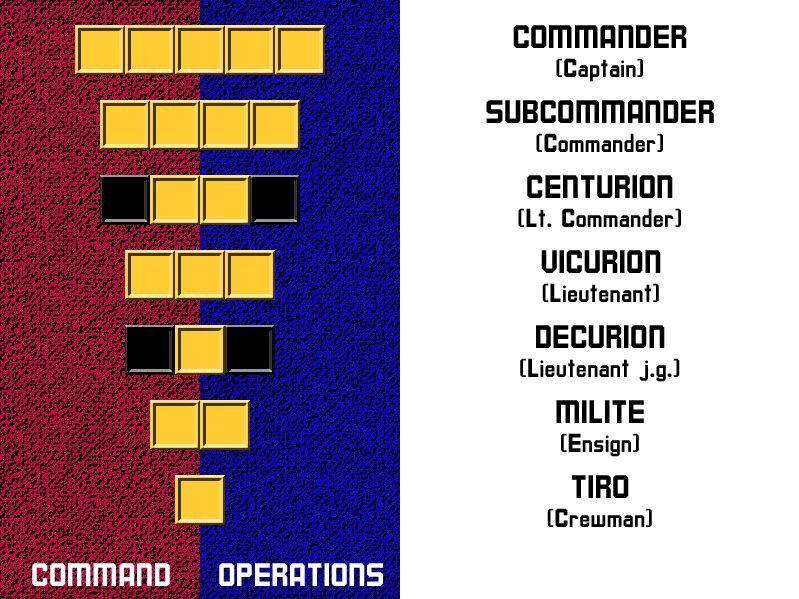
Strengths and Weaknesses of Each Ranking System
The strengths and weaknesses of the QS, Times Higher Education (THE), and Academic Ranking of World Universities (ARWU) can significantly affect international students’ decision-making processes. QS boasts a robust reputation for its comprehensive student survey, highlighting aspects like employment outcomes and international diversity, which are particularly attractive to prospective students. Though, it has faced criticism for placing excessive weight on opinion-based metrics, possibly skewing results in favor of institutions with stronger reputations rather than educational quality. Conversely, THE ranks universities through a balanced mix of research, teaching, and international outlook, providing a more holistic view. Nevertheless, its heavier emphasis on research performance may overlook institutions strong in teaching and student satisfaction.
Conversely, the ARWU is widely respected for its stringent academic reputation, focusing primarily on research metrics such as publications and citations. This strength is particularly appealing for students prioritizing academic rigour; however, its limited criteria can leave out the essential teaching and learning experiences that many students value. Each ranking system presents a unique blend of positives and drawbacks, making it essential for students to consider their own educational needs and goals against the backdrop of these various approaches. Below is a comparison of key elements of each system:
| Ranking System | Strengths | Weaknesses |
|---|---|---|
| QS | Comprehensive student feedback, focus on employability | Heavy reliance on opinion surveys |
| Times Higher Education | Balanced indicators, focus on research and teaching | Potential bias towards research-heavy institutions |
| ARWU | Strong emphasis on academic reputation and research impact | Limited criteria overlook teaching quality |

Tailored Strategies for Selecting the Right University
When navigating the complex landscape of higher education, international students must be proactive and strategic in their approach to selecting a university. It’s essential to first identify personal goals and priorities,which could include factors like academic programs,cultural experiences,and career opportunities. A systematic evaluation of university rankings such as QS, Times Higher Education, and ARWU can provide a foundational understanding of institutional prestige and academic resources. Additionally, engaging with current students or alumni through platforms like LinkedIn or university forums can offer invaluable insights into campus life and support systems.
Moreover, creating a tailored checklist can definitely help streamline the decision-making process. Consider incorporating elements such as:
- Programme reputation: Dose the university’s offering in your field hold high ranking or industry recognition?
- Location and Lifestyle: are you cozy with the cultural and social dynamics of the university’s location?
- Financial Considerations: What is the cost of living and tuition fees, and are there scholarship opportunities?
- cultural Inclusivity: How well does the university support international students and diversity?
For a more focused understanding, here’s a brief comparison of key attributes of the three major rankings:
| Ranking | Strengths | Weaknesses |
|---|---|---|
| QS World University Rankings | Strong international outlook, comprehensive data | Subjective peer assessment |
| times Higher Education | Balanced indicators reflecting teaching, research, and citations | Less emphasis on student feedback |
| ARWU (Shanghai ranking) | Focus on research output and academic performance | Narrower criteria, potentially excluding teaching quality |
In Summary
the world of university rankings can frequently enough feel like a labyrinth for international students seeking the right path for their academic journey. QS, Times Higher Education, and ARWU each wield their own unique methodologies, priorities, and perspectives, offering a diverse array of insights that can shape a student’s choice. While QS focuses on reputation and international diversity, Times Higher Education emphasizes teaching and research excellence, and ARWU, known for its rigorous academic performance indicators, highlights the prestige of institutions based on scholarly output.
As you navigate these rankings, remember that they serve as tools to guide your decisions rather than definitive answers.Consider what matters most to you—be it academic rigor,global recognition,or a vibrant campus experience. Ultimately, the best choice will resonate with your personal aspirations, career goals, and the kind of learning environment that will nurture your potential. By understanding the strengths and weaknesses of each ranking system, you can make a more informed decision that could shape your future endeavors. Happy exploring, and may your educational journey be as enlightening as it is transformative!













